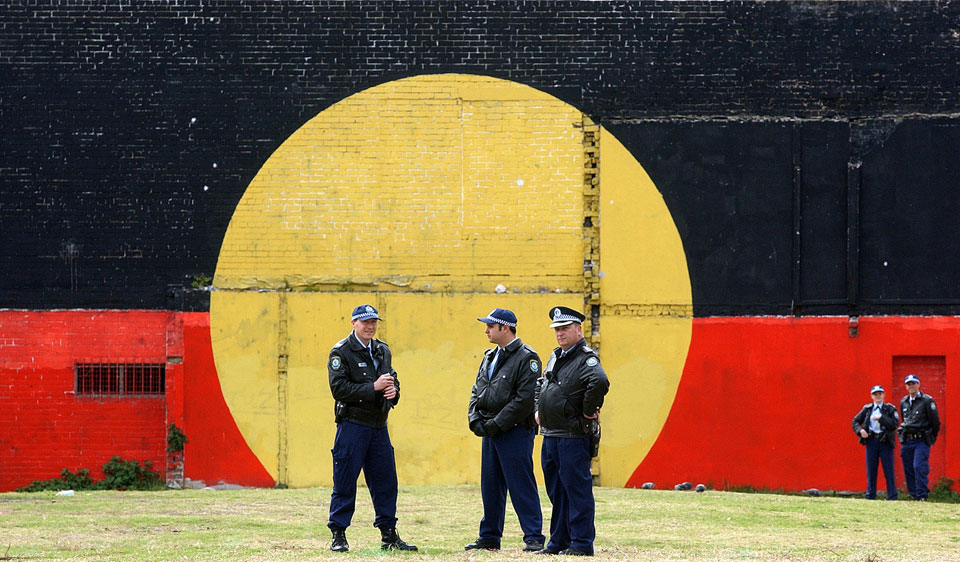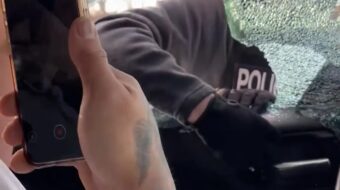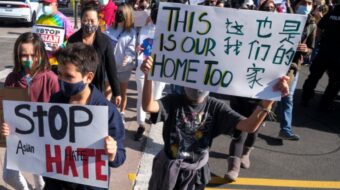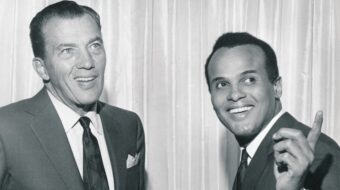
SYDNEY—Three First Nations people have died in Australian police custody this month, on the eve of the 30th anniversary of the report of the Royal Commission into Aboriginal Deaths in Custody. These three deaths—two in the state of New South Wales (NSW) and one in the state of Victoria—add to the already 440+ Indigenous deaths in custody that have occurred over these thirty years, leading families of the victims to declare a national emergency.
The two NSW deaths only came into the public eye after Green Party MP David Shoebridge made inquiries during a parliamentary hearing. The NSW government defended not informing the public immediately, saying it would be “not appropriate” and “cause a lot of anger, a lot of angst, and a lot of grief” if they were not accompanied with more details. The two NSW deaths were related to a woman serving an eight-month prison sentence in Silverwater Women’s Correctional Centre on March 5 and a man at Long Bay prison’s hospital, where he was being treated for multiple health problems. The Victorian coroner will be investigating another death, a man who died March 7 at the Ravenhall Correctional Centre.
While few details of these latest deaths in custody have come to light, they come at a time when coroner findings for other deaths are being made public. One of these is for Nathan Reynolds, who died of an acute asthma attack while in custody in September 2018 at the John Moroney Correctional Facility in Berkshire Park, NSW, after an “unreasonably delayed” response from prison staff. After initially requesting help, it took prison officer Matthew Fawzy more than 11 minutes to reach the cell. It would be 22 minutes before a nurse arrived and 47 minutes before paramedics were on the scene.
Questioned as to why Fawzy did not run to the cell, he replied that “we were taught never to run unless it’s an officer actually getting assaulted.” Reynolds had been in custody for four months, the care he had received being described as “inadequate,” “failed to reduce his risk for a fatal asthma attack,” and ultimately “deprived Nathan of at least some chance of surviving his acute asthma attack.”
Stories like these are common, with over 440 Indigenous deaths in custody now being recorded over the last three decades. The effects they have on the families and the broader community generally are harrowing. More than 15,000 signatures have been garnered for a petition for Australian Prime Minister Scott Morrison to meet with a group of 15 families of deceased First Nations people whilst in custody on the 30th anniversary of the royal commission report. The majority of recommendations from this report have either been implemented poorly or not at all, supposedly due to budget restraints.
Speaking to Australian Broadcasting Corporation’s Afternoon Briefing, Jungaji Brady—nephew of Aunty Sherry Tilberoo-Fisher, an Aboriginal woman who died in police custody in September 2020 following a suspected brain aneurism—that the First Nations community of Australia was “tired […] [and] fatigued” after “hearing the same old rhetorical attitudes in terms of government responses: ‘We’ll get to you, you just wait there.’” He went on to state: “500 black coffins have been lowered into the ground and not one [person has been deemed legally responsible] in terms of accountability.” Complaining of “police impunity and a whole lot of systemic issues,” he declared that “this is a national emergency, and it demands national action from our national leaders.” Brady is one of the representatives from the families hoping to meet with the prime minister next month. The 15,000-strong petition has been largely ignored by the government to date.
Aboriginal and Torres Strait Islander people are the most incarcerated group of people in the world, making up 29% of Australia’s prison population and 3% of the total population. This means a First Nations person is twelve times more likely to end up in prison than their non-Indigenous counterparts. The Australian federal government’s previous attempts to rectify this shocking disparity have been both ineffective and inadequate. But why is that?
The state here, as elsewhere, has long been an instrument of class rule, which one section of the population uses to maintain dominance over others. The Australian state formed at the beginning of the 20th century as a federation of six British settler colonies to serve the interests of the white settler population, specifically the bourgeois class, along with their principal defense partner—initially the United Kingdom, then the United States after World War II.
Throughout the 19th and 20th centuries, the British and Australian governments carried out policies against First Nations people that can be likened to genocide, with the Frontier Wars and Stolen Generation, to name but a few. The intergenerational trauma caused by these events has lasting effects to this day, evidenced by the massive disparity in those tied up with the judicial system. The town of Alice Springs still runs a system of de-facto apartheid, where treatment of First Nations people is at its most extreme.
Earlier this month in Geneva, a statement was delivered to the UN Human Rights Council, with signatories from many countries, including China, Russia, Belarus, Egypt, and Venezuela, that listed the “unprotected rights of indigenous people” as one of its key grievances.
Under its current form, Australia has a system of government that continues to prioritize local bourgeois and U.S. interests, but a groundswell from below could force the government into reforms that can improve First Nation people’s circumstances.
Following the “Uluru Statement from the Heart”—which delivered a “historic consensus of Aboriginal and Torres Strait Islander peoples in seeking constitutional change to enable a Voice to Parliament in the Constitution,” the government was forced into a position of running a co-design process to decide what a voice to parliament might look like.
A constitutionally enshrined voice will enable First Nations people to have a greater say on laws that impact their lives and is an important step on the road to achieving meaningful change. Submissions from the community are being accepted until the end of the 31st of March, 2021, and can be submitted via the http://www.fromtheheart.com.au/ website.
Guardian (Australia)










